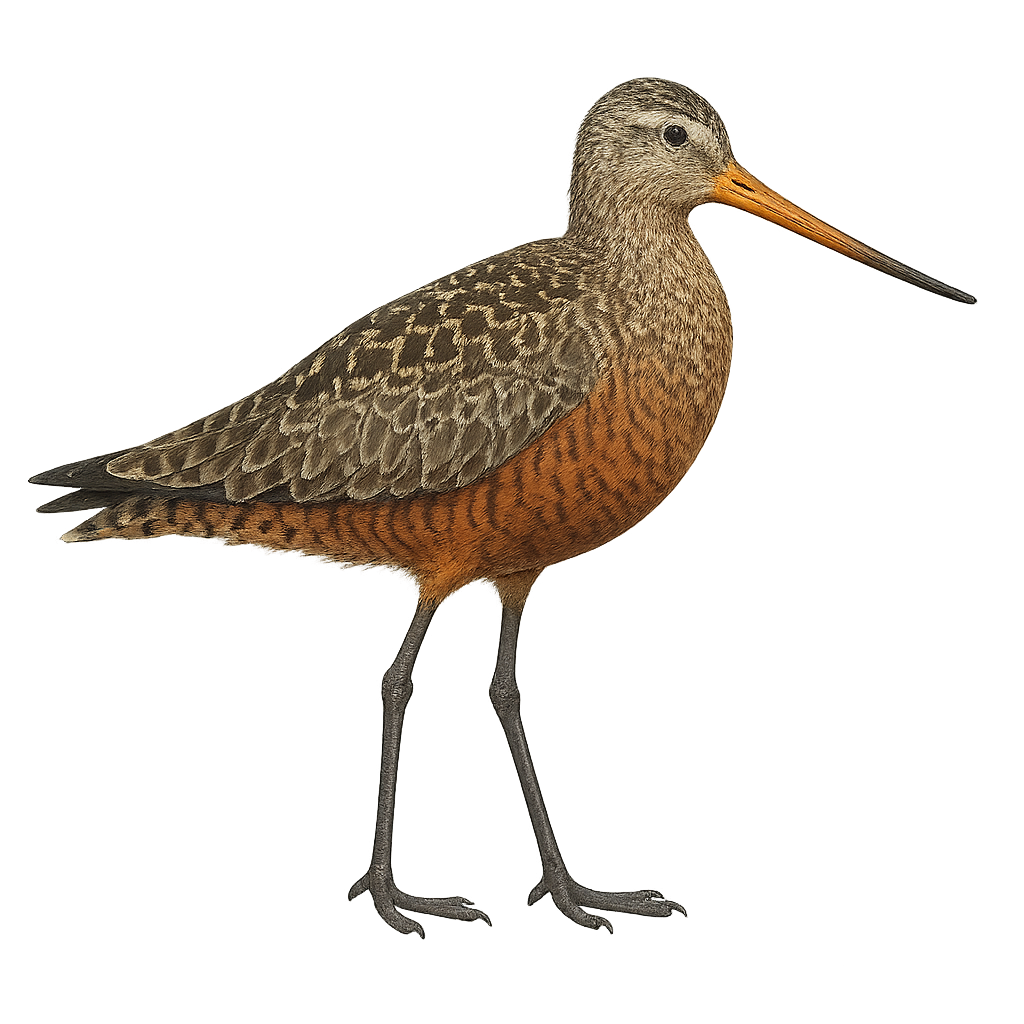Your wildlife photography guide.
Explore the hudsonian godwit in detail, study its behavior, prepare your shots.
Where to observe and photograph the hudsonian godwit in the wild
Learn where and when to spot the hudsonian godwit in the wild, how to identify the species based on distinctive features, and what natural environments it inhabits. The WildlifePhotographer app offers tailored photography tips that reflect the hudsonian godwit’s behavior, helping you capture better wildlife images. Explore the full species profile for key information including description, habitat, active periods, and approach techniques.
Hudsonian Godwit
Scientific name: Limosa haemastica

IUCN Status: Near Threatened
Family: SCOLOPACIDAE
Group: Birds
Sensitivity to human approach: Suspicious
Minimum approach distance: 20 m
Courtship display: May to June
Incubation: 20-22 jours
Hatchings: May to July
Habitat:
Marshes, wetlands, muddy shores
Activity period :
Primarily active during the day, with peak activity in the morning and late afternoon.
Identification and description:
The Hudsonian Godwit, Limosa haemastica, is a medium-sized migratory bird belonging to the family Scolopacidae. It is recognizable by its long, slightly curved bill and its brownish plumage with shades of gray and rufous. During the breeding season, males display more vibrant colors. This bird primarily inhabits wetlands, marshes, and muddy shores. Its migration is impressive, covering long distances between its breeding grounds in North America and its wintering grounds in South America. The Hudsonian Godwit feeds mainly on small invertebrates found in the mud. Although its conservation status is concerning, it remains a fascinating sight for birdwatchers.
Recommended lens:
400mm – adjust based on distance, desired framing (portrait or habitat), and approach conditions.
Photography tips:
To photograph the Hudsonian Godwit, it is advisable to use a telephoto lens of at least 400mm to capture detailed images from a distance without disturbing the bird. The best opportunities often arise early in the morning or late in the afternoon when the light is soft. Look for areas where the bird feeds, such as marshes or muddy shores. Be patient and discreet, wearing neutral-colored clothing to blend into the environment. A tripod can be helpful to stabilize your camera and achieve sharp images.
The WildlifePhotographer App is coming soon!
Be the first to explore the best nature spots, track rutting seasons, log your observations, and observe more wildlife.
Already 1 432 wildlife lovers subscribed worldwide

